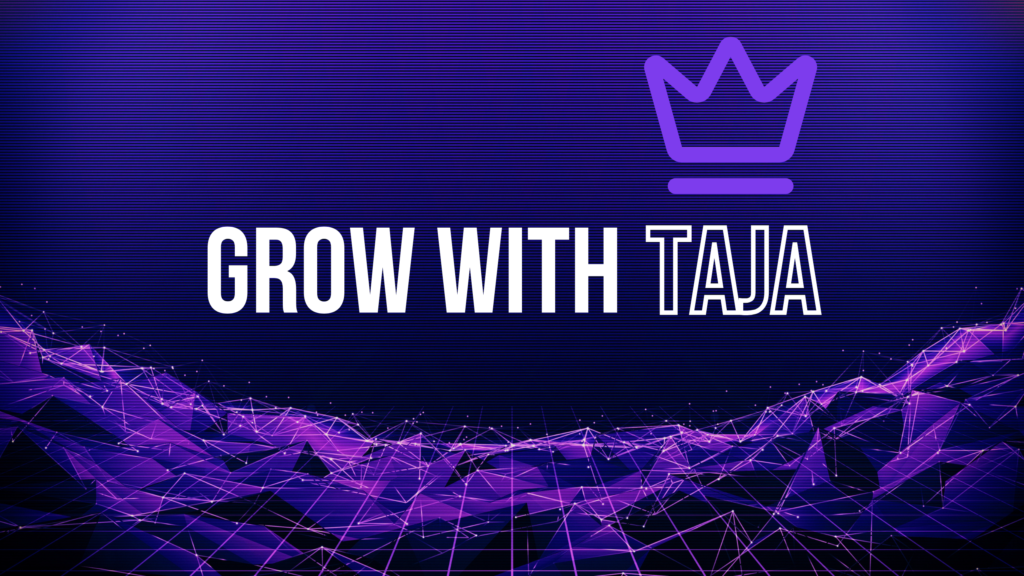optimization best practices for content creation
When it comes to creating content for your website or blog, it’s crucial to keep search engine optimization (SEO) best practices in mind. By implementing these optimization techniques, you can enhance your chances of ranking higher in search engine results and attracting more traffic to your site. In this article, we will delve into some of the best practices for content creation that can assist you in optimizing your content for search engines.
1. Conduct Keyword Research
Prior to embarking on creating content, it is vital to conduct thorough keyword research to pinpoint the terms and phrases that your target audience is actively searching for. By integrating these keywords into your content, you can boost your chances of ranking higher in search engine results. Utilize tools like Google Keyword Planner and SEMrush to identify relevant keywords for your content. Additionally, consider long-tail keywords for more targeted traffic.
- Utilize keyword research tools to identify high-volume and low-competition keywords
- Analyze keyword trends and search volume to stay up-to-date with user search behavior
- Incorporate primary and secondary keywords organically throughout your content for optimal results
2. Create High-Quality, Relevant Content
To achieve favorable rankings in search engine results, it is imperative to craft high-quality, relevant content that offers value to your audience. Ensure that your content is well-written, informative, and engaging to keep readers on your site. Avoid overusing keywords and focus on providing valuable information that addresses the needs and interests of your target audience. Keep your content updated and fresh to maintain relevance.
- Conduct competitor analysis to understand the content landscape in your industry
- Provide unique insights and perspectives to differentiate your content from competitors
- Utilize multimedia elements like videos and infographics to enhance user engagement and retention
Read about ai seo content creation tools
3. Optimize Your Meta Tags
Meta tags, including title tags and meta descriptions, play a pivotal role in SEO. Be sure to incorporate your target keywords in your title tags and meta descriptions to enhance your chances of ranking higher in search engine results. Moreover, ensure that your meta tags accurately reflect the content on your page to improve click-through rates and user engagement.
- Craft compelling title tags that accurately summarize the content on your page
- Write captivating meta descriptions that entice users to click on your search result
- Optimize meta tags for mobile devices to cater to the increasing number of mobile users
4. Use Descriptive Headings and Subheadings
Employing descriptive headings and subheadings not only enhances the readability of your content but also aids search engines in understanding the structure of your content. Include your target keywords in your headings and subheadings to improve your SEO and make it easier for users to navigate your content. Use header tags (H1, H2, H3, etc.) to organize your content effectively.
- Structure your content with hierarchical headings to create a logical flow
- Utilize header tags to break up content into digestible sections
- Incorporate related keywords in subheadings to improve keyword relevance and SEO performance
5. Optimize Your Images
Images are a vital component of content creation, and optimizing them can positively impact your SEO efforts. Ensure that your images are optimized by including descriptive alt text and relevant file names. Additionally, compress your images to improve page load times, which can significantly impact your search engine rankings and user experience.
- Use descriptive file names that include relevant keywords
- Write concise and informative alt text for visually impaired users and search engines
- Optimize image sizes and formats to reduce load times and improve site performance
6. Create Internal and External Links
Internal and external linking are crucial elements of SEO that can enhance the credibility and visibility of your content. Incorporate internal links to other relevant pages on your site to facilitate site navigation and help search engines understand the structure of your website. Additionally, include external links to authoritative sites to boost the credibility and relevance of your content.
- Create a logical link structure that connects related content within your site
- Use anchor text that is descriptive and relevant to the linked content
- Monitor broken links and update outdated links to maintain a seamless user experience
7. Monitor Your Performance
After creating and optimizing your content, it is essential to monitor your performance to evaluate how your content is performing in search engine results. Utilize tools like Google Analytics to track your traffic, rankings, and conversions. By analyzing this data, you can identify areas for improvement and make informed decisions to enhance your content strategy and SEO efforts.
- Set up custom tracking parameters to monitor specific metrics and goals
- Analyze user behavior data to understand how visitors interact with your content
- Regularly review and update your SEO strategy based on performance insights and industry trends
In conclusion, adhering to these optimization best practices for content creation can help you enhance your SEO and attract more traffic to your site. By conducting comprehensive keyword research, creating high-quality content, optimizing your meta tags, using descriptive headings and subheadings, optimizing your images, creating internal and external links, and monitoring your performance, you can increase your chances of ranking higher in search engine results. Remember, SEO is an ongoing process, so ensure to regularly update and optimize your content to stay ahead of the competition.
FAQ
1. Why is keyword research important for content creation?
Keyword research is essential because it helps identify the terms and phrases that your target audience is searching for, allowing you to optimize your content for search engines.
2. What should I focus on when creating content for SEO?
Focus on creating high-quality, relevant content that provides value to your readers. Avoid keyword stuffing and instead focus on addressing the needs and interests of your target audience.
3. How can I optimize my meta tags for SEO?
To optimize your meta tags, make sure to include your target keywords in your title tags and meta descriptions. Additionally, ensure that your meta tags accurately reflect the content on your page to improve click-through rates.
4. Why is using descriptive headings and subheadings important for SEO?
Using descriptive headings and subheadings not only improves the readability of your content but also helps search engines understand the structure of your content. Including target keywords in your headings and subheadings can improve your SEO efforts.


